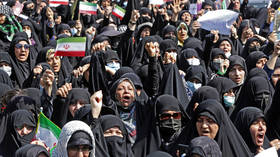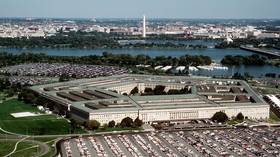Syria was a rehearsal for the struggle between Russia and the West in Ukraine: Here's why they are very different conflicts
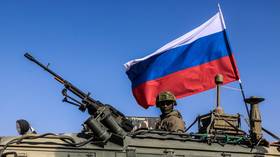
It was seven years ago, this week, that Russian President Vladimir Putin decided to help the Syrian government in its fight against Islamic State (IS, formerly ISIS) terrorists and US-backed Al-Qaeda insurgents. Russia’s military support propped up President Bashar Assad, who seemed to be hanging by a thread, as most of the country’s territory was brought back under government control, and IS was routed.
RT tells the story of Russia’s first major military campaign outside its borders, since the Soviet collapse, and explores the consequences.
Syria is not Libya
September 2015 was a perilous time for the Syrian state, ravaged by four years of civil war, with IS fighters roaming free across 70% of its territory and Al-Qaeda and the Al-Nusra Front still very much present. Government forces only controlled 8% of the territory of the Syrian Arab Republic.
In May 2015, terrorists seized Palmyra, a site of unique historical value which was a key trading center of the ancient world at the crossroads of Eastern and Western civilizations.
The US, and its allies, began an intervention in Syria in September 2014 with the stated purpose of fighting Islamic State and the Al-Qaeda-affiliated Al-Nusra Front. At the same time, the West had adopted an uncompromising position on President Assad, demanding his departure over allegations of using chemical weapons against his opponents.
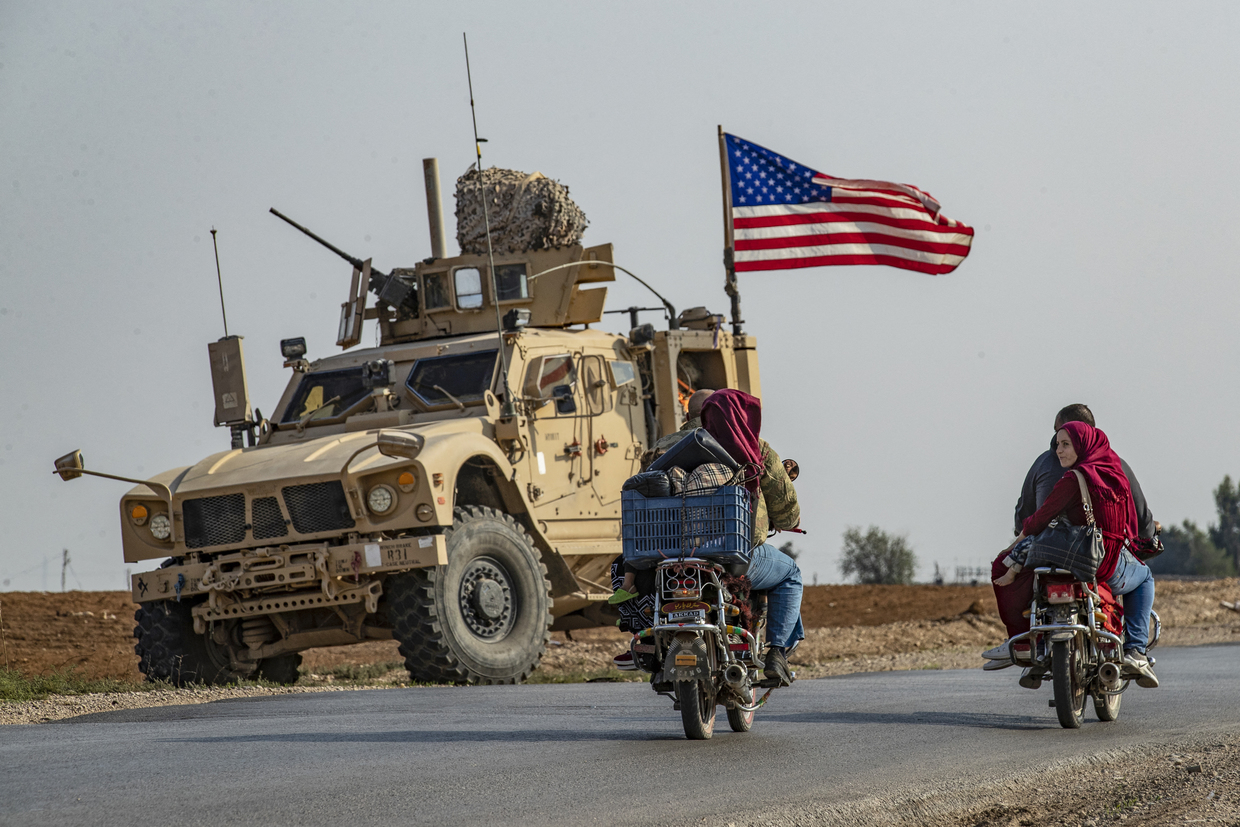
The situation brought back memories, still recent at the time, of Libyan leader Muammar Gaddafi being brutally murdered by fighters from the National Transitional Council – a situation made possible by a NATO intervention authorized by the UN Security Council, with a mandate to protect civilians. In reality, just the opposite happened, as Libyan statehood perished with Gaddafi and a civil war broke out, which is going on until this day.
It seemed that Assad’s government and perhaps even the Syrian state did not stand a chance.
Russia rewrote that scenario by joining the game on September 30, 2015. Seven years on, experts are unanimously calling the operation a success for Moscow. While no party can claim full control over the country yet, the balance of forces has changed dramatically, with the central government having reasserted its authority over 70% of its territory.
In a conversation with RT, Andrey Chuprygin, an assistant professor at the School of Asian Studies of the Higher School of Economics, in Moscow, focused on three major outcomes of Russia’s campaign.
“The key thing, of course, is the destruction of ISIS. Second, it prevented Islamic groups from coming to power even as part of a coalition government. There was a high likelihood of that happening at the beginning of the war. Outcome number three is that, unexpectedly, the Syrian operation reinvigorated the dialogue between Russia and Syria’s neighbors, Saudi Arabia and the UAE, by providing a platform for cooperation. All other results are moot, and it remains to be seen what they will eventually lead to,” he said.
How it all happened
President Putin has repeatedly said that Russia’s presence in Syria was legitimate under international law because Assad himself approached the Kremlin for military assistance.
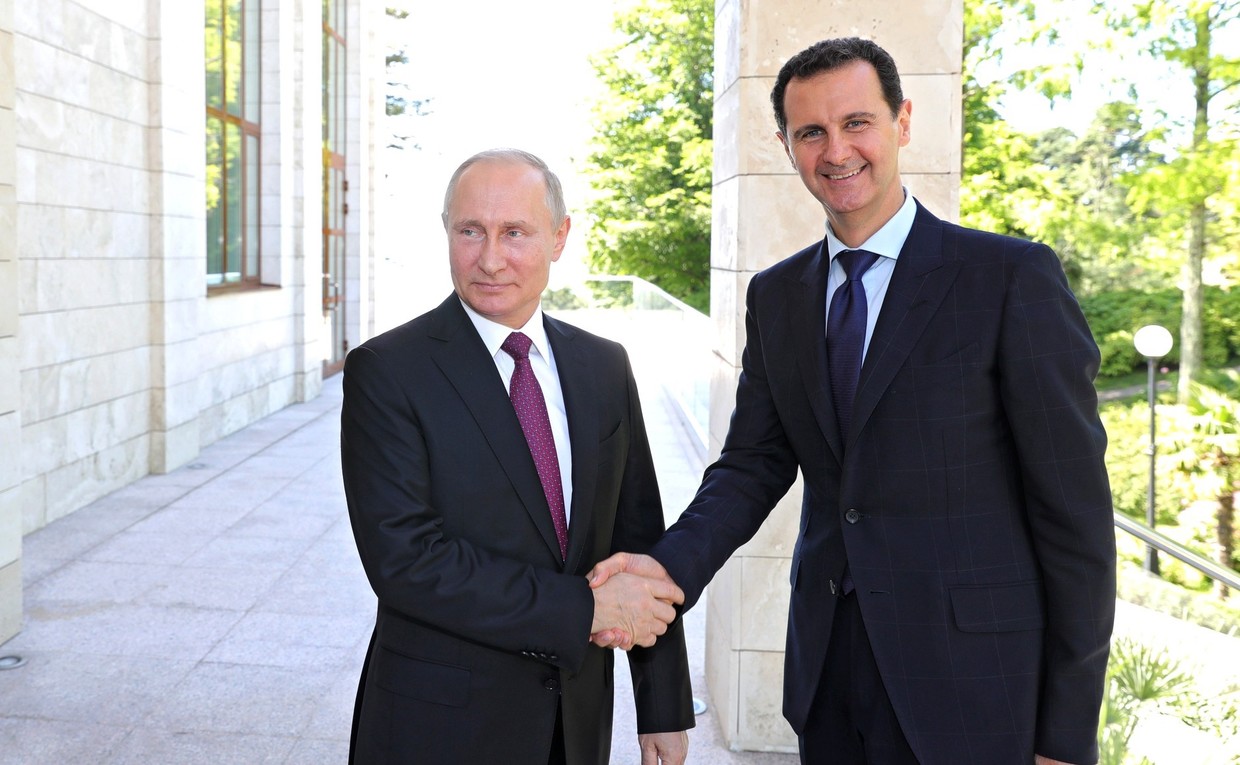
Aviation support was key to the Russian operation, with fighters and attack aircraft flying sorties around the clock. It only took the Syrian Arab Army two weeks to launch an offensive against Aleppo, a strategic stronghold held by the rebels. The Russian Air Force in Syria set a record in November 2015, when 134 sorties were flown within one 24-hour period, after such heavyweights as the strategic Tu-160s (Blackjacks), Tu-95s (Bears), and long-range Tu-22M3s (Backfire-Cs) joined the fray. They targeted insurgents’ command posts and training camps in Aleppo and Idlib.
The Russian Navy also took part, as the Admiral Kuznetsov aircraft carrier saw combat for the first time and small missile ships fired Kalibr cruise missiles from the Caspian Sea.
In early 2016, the Syrian Army began to mount an offensive against opposition forces in the provinces of Hama, Idlib, and Aleppo. Moscow set up the Center for Reconciliation of Opposing Sides in Syria at the Khmeimim Air Base around the same time. In a joint operation with Russian special forces, Syrian troops kicked Islamic State out of Palmyra in March 2016. The terrorist group succeeded in recapturing the ancient city later in December 2016, but their success was short-lived, and the Syrian Army, supported by Russian military advisers and warplanes, freed Palmyra from IS fighters for good in early March 2017.
The turning point in the fight against IS came with the liberation of Aleppo and Deir ez-Zor. After Assad and the leaders of the armed opposition signed a ceasefire agreement, fighting shifted to the country’s south. The Astana Process of international negotiations for a peaceful settlement in Syria was launched in 2017.
On December 6, 2017, Putin said Islamic State had been routed on both banks of the Euphrates in Syria, while Valery Gerasimov, chief of the general staff of the Russian military, announced that the Syrian Arab Republic was completely free of IS terrorists. The Russian president ordered a drawdown of the Russian contingent, while the Russian bases in Khmeimim and Tartus remained, and military advisers and other specialists continued their work in Syria.
“You are returning victorious to your homes, your families, parents, wives, children, and friends… The Homeland is waiting for you, friends. Godspeed! Thank you for your service,” Putin said, adding that if the “terrorists raise their heads again, we will deal unprecedented strikes unlike anything they have seen.”
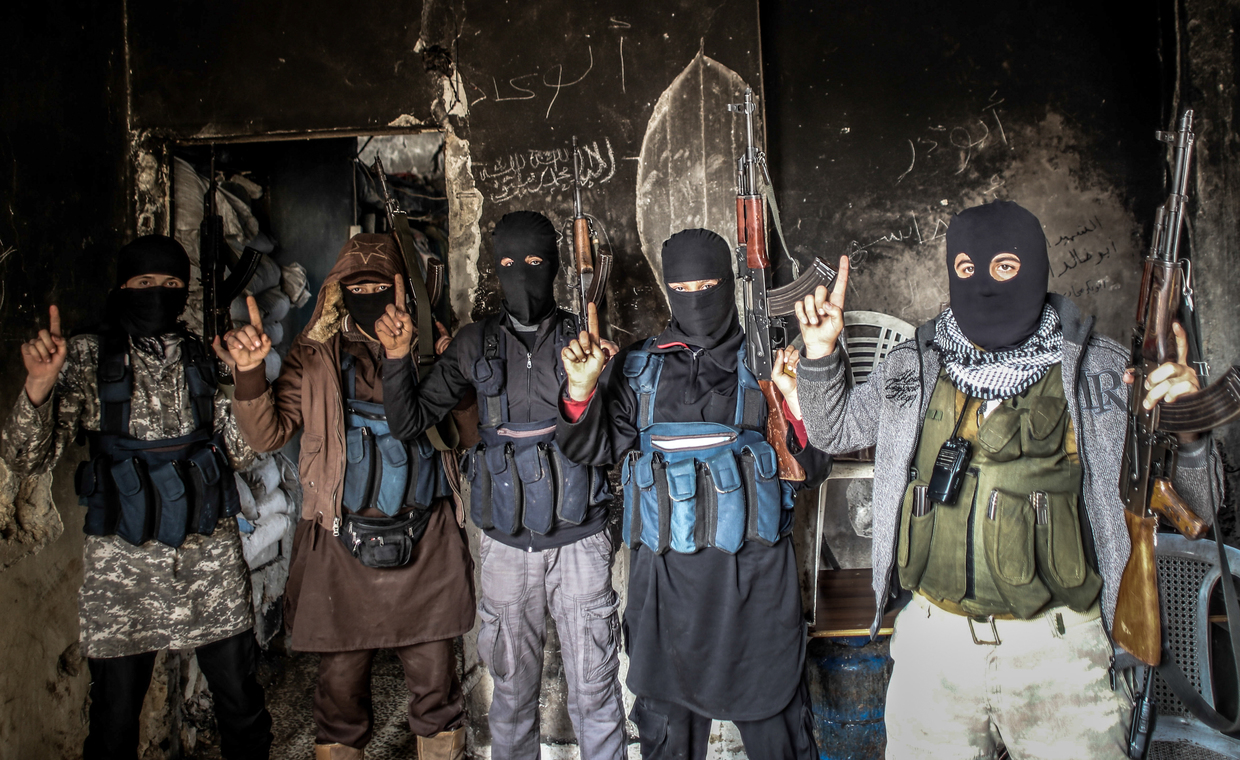
Syrian forces have been stamping out pockets of IS resistance in recent years, but it does not mean that peace, stability, and order have automatically returned. The country is still rife with civil conflict.
The Syrian operation was marred by loss of life, which sent shock waves through Russian society. Terrorists exploded a bomb aboard a civilian aircraft flying from the Egyptian resort of Sharm el-Sheikh to St. Petersburg, which resulted in the deadliest plane crash in Russian history.
The new Big Game
Everything feeding the infosphere from Ukraine now – mutual accusations of human rights violations and disproportionate use of force – was observed in Syria a few years ago. At the end of April 2018, a group of people from the city of Duma went before members of the Organisation for the Prohibition of Chemical Weapons (OPCW) with a statement attesting that a video from the White Helmets group concerning the use of chemical weapons which was the pretense for Western countries conducting airstrikes in Syria, had been staged.
The fact that Russia, Western countries, and Turkey held differing views on which groups should be considered militants, and which ones are ‘moderate opposition’, was a separate problem. The position of the West was that being ‘moderate’ does not mean you can’t take up arms and fight against the government.
“The West has often said that the progressive opposition is protesting against Assad, while turning a blind eye to the fact that most of this opposition grew out of Islamists and armed groups,” Chuprygin told RT.
In the northeast of the country, special status in the Syrian conflict has always been granted to the Kurdish formations, among which the armed formations of the YPG (People’s Self-Defense Units) and the Syrian Democratic Forces (SDS) stand out. The latter was created under the patronage of the United States, which, however, failed to protect them in 2019 when Turkey launched Operation Peace Spring. Later, Russian military police occupied facilities left by the Americans near the city of Kobani, leading to an uproar.
Turkey has traditionally had difficult relations with both the Kurds in northeastern Syria and the Assad government. Ankara has been trying to take control of Syria’s border areas in order to prevent the Kurds from officially establishing autonomy in the north of the country, while at the same time strengthening the pro-Turkish opposition facing the Free Syrian Army (FSA).
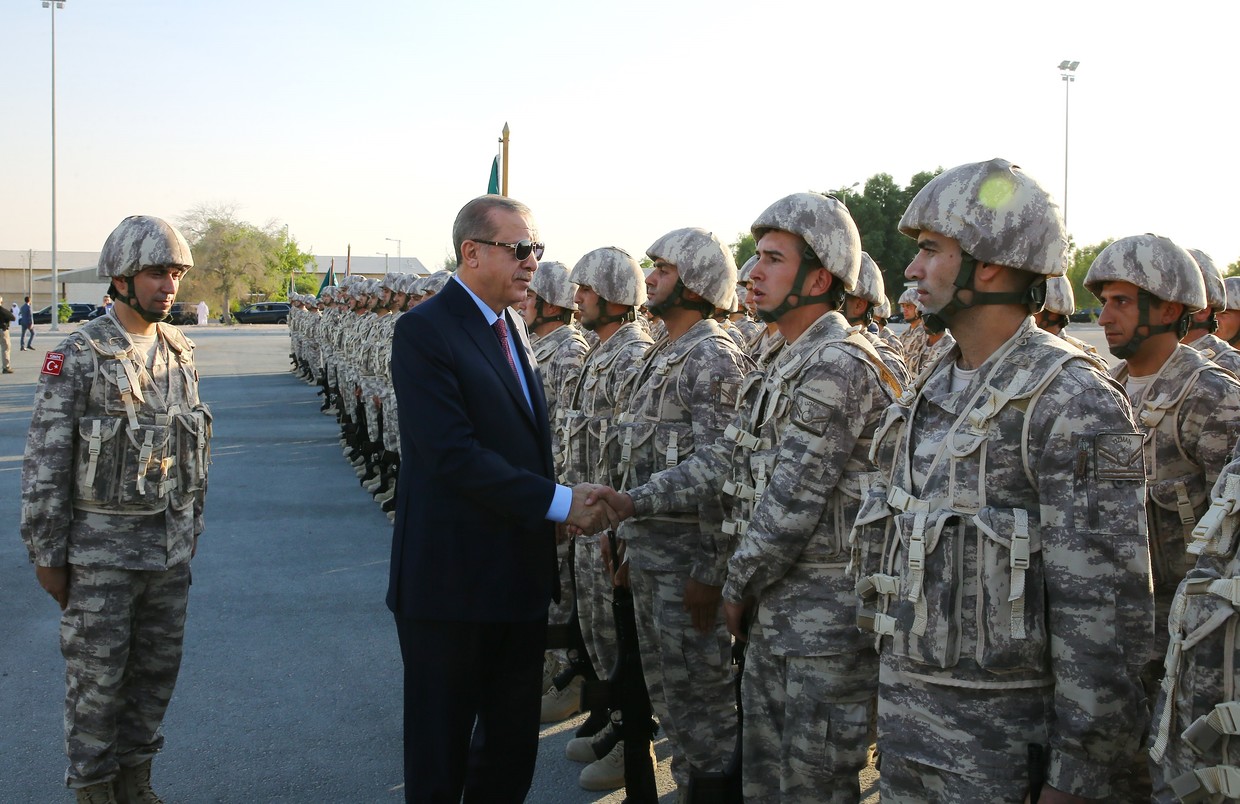
Turkey has conducted operations in Syria several times for various purposes in recent years, the last being in the spring of 2020, when Operation Spring Shield was launched in Idlib after the death of Turkish soldiers. Then, just as one year earlier, it ended as a result of negotiations between Putin and Turkish President Recep Tayyip Erdogan, who reached a number of compromises with respect to each other’s interests. According to Reuters, Russia began to conduct active negotiations with Turkey again in 2022, urging it to normalize relations with Syria. This would allow Russia to withdraw most of its remaining contingent without fear of a sharp escalation – for example, a new Turkish operation, like the one Ankara threatened to launch in the first half of 2022. It is also claimed that some Russian facilities are being passed to Iran’s Islamic Revolutionary Guard Corps and Lebanon’s Hezbollah. Iran, which has always been of key importance for the stability of the Assad government, is even more firmly entrenched in Syria.
Not the only one with a hammer
Russia’s Syrian campaign is just another indication that the era of a multipolar world has arrived, and that various ‘skirmishes’, like the one the world observed between the leading powers in this country, will only become more frequent. The scenes showing Russian military vehicles ‘pushing out’ the American vehicles and vice versa were a symbol of the new world order. However, serious clashes never broke out between the Russian and US armed forces in Syria, which was aided by a de-escalation mechanism.
However, the situation was different with mercenaries. It was the Syrian conflict that drew attention to Russian PMCs, among which Wagner, founded by businessman Evgeny Prigozhin, became the most well-known. A tragic episode occurred in 2018, when they launched an attack on the Conoco oil and gas processing plant, which was controlled by the so-called Democratic Forces of Syria. According to the US, an unidentified enemy unleashed tank and artillery fire on the site without provocation, and then went on the attack undercover. The Americans returned fire with several guns at once, killing 50 to 100 mercenaries, according to various sources.
Among other striking examples of the clash of interests in Syria is an incident that occurred in November 2015, when Turkey shot down a Russian plane for allegedly violating its borders, which led to a sharp cooling of relations between the two countries. However, President Erdogan eventually expressed regret and apologized, after which bilateral ties were restored.
“Syria is the first place where Russian military power was so actively involved under modern conditions. After the end of the Cold War, it became clear that there was only one great superpower left. And then it began to seem to many of its representatives that if you have a huge hammer, all the problems are nails. And then it turned out that other countries can possess hammers like this too, albeit smaller or differently shaped ones. It is important to study the Syrian, Yugoslav, and Ukrainian cases to ensure mistakes are not made in the future that lead to the use of these hammers,” Dmitry Stefanovich, a researcher at the Center for International Security at the Russian Academy of Science’s Institute of World Economy and International Relations (IMEMO RAS), told RT.
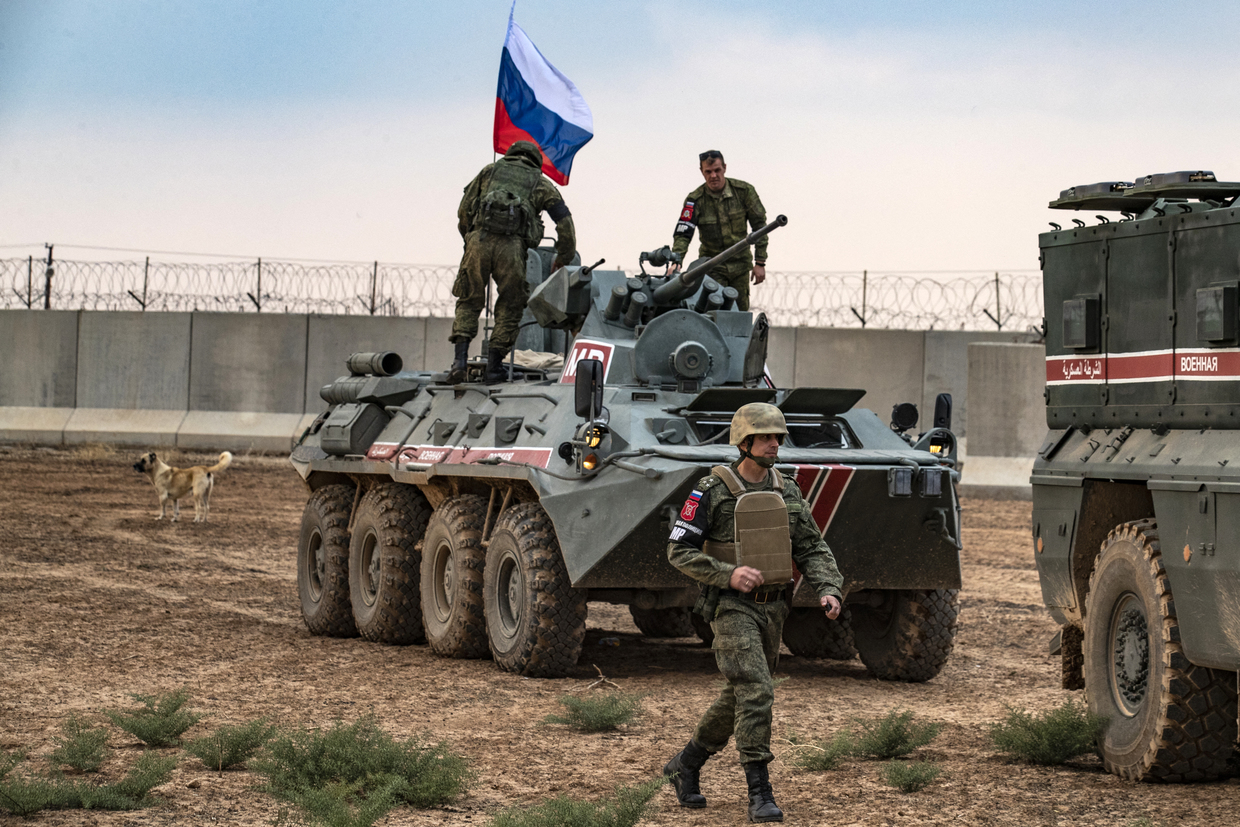
Stefanovich noted that the resilience of the Syrian government was initially underestimated by Western countries. However, it’s possible to project the survival of Assad’s government onto the Ukrainian situation in 2022.
“The impact of Russia’s actions in Syria is obvious. Just compare what was happening before its troops were deployed and what happened afterwards. But it seems an important conclusion was not drawn. If the government is sufficiently determined and resolute, even in a very difficult situation, the state may well not collapse. Ukraine now, relatively speaking, is like Syria then. Though serious blows are being dealt, the government has remained stable and managed to hold together due to serious external support. We will be studying the reasons for this for a long time,” he said.
Experience is relative
In total, 63,000 Russian servicemen passed through Syria, including 25,000 officers and more than 400 generals.
An RT source close to the Russian Defense Ministry notes that in military circles, it is popular to declare that it was through the operation in Syria that Russia gained valuable combat experience. However, in 2022, after identifying a number of problems the Russian Army has had in Ukraine, this view can be regarded as very one-sided. A number of experts believe that the Syrian campaign, in fact, left the commanders a bit overconfident, as the enemy had no aviation, air defense, long-range artillery, or armored mechanized troops.
Stefanovich told RT that the experience gained in the Syrian campaign certainly influenced the decision to launch the military operation in Ukraine and guided the way it was conducted at the beginning.
“Perhaps there was a hope that this format could be implemented in Ukraine, with limited forces and an emphasis on air power, etc. But practice has shown that not everything works this way. The enemy in Ukraine turned out to be completely different. Of course, some benefits remain. For example, it is in Syria that the Russian Army learned to actively use drones, no matter what you think of this. Objectively, the skills acquired in Syria are now being used in this area,” he said.
Stefanovich added that Russia is dealing with a contested environment in Ukraine – a situation in which the enemy puts up active resistance.
“Of course, Syria was no cakewalk for the Russian Army either, but the terrorists are not a regular army with a nation-state and large-scale foreign support. Russia is now in a conflict with a large, mobilized country. Plus, this state is supported by NATO’s entire intelligence, logistics, and information infrastructure, primarily coming from the United States. This makes it impossible to use the same methods that we developed in Syria. Generally, we see that as soon as our planes take off or our missiles are launched, this information is immediately received by the Ukrainians, who then set up an ambush and move their equipment to avoid the attack. Naturally, something hits the target, but the airstrikes are not as effective or efficient as they used to be in Syria. At the same time, the experience gained by individual units and PMCs in Syria is more relevant when it comes to storming settlements, although this is still much more difficult now,” Stefanovich said.

